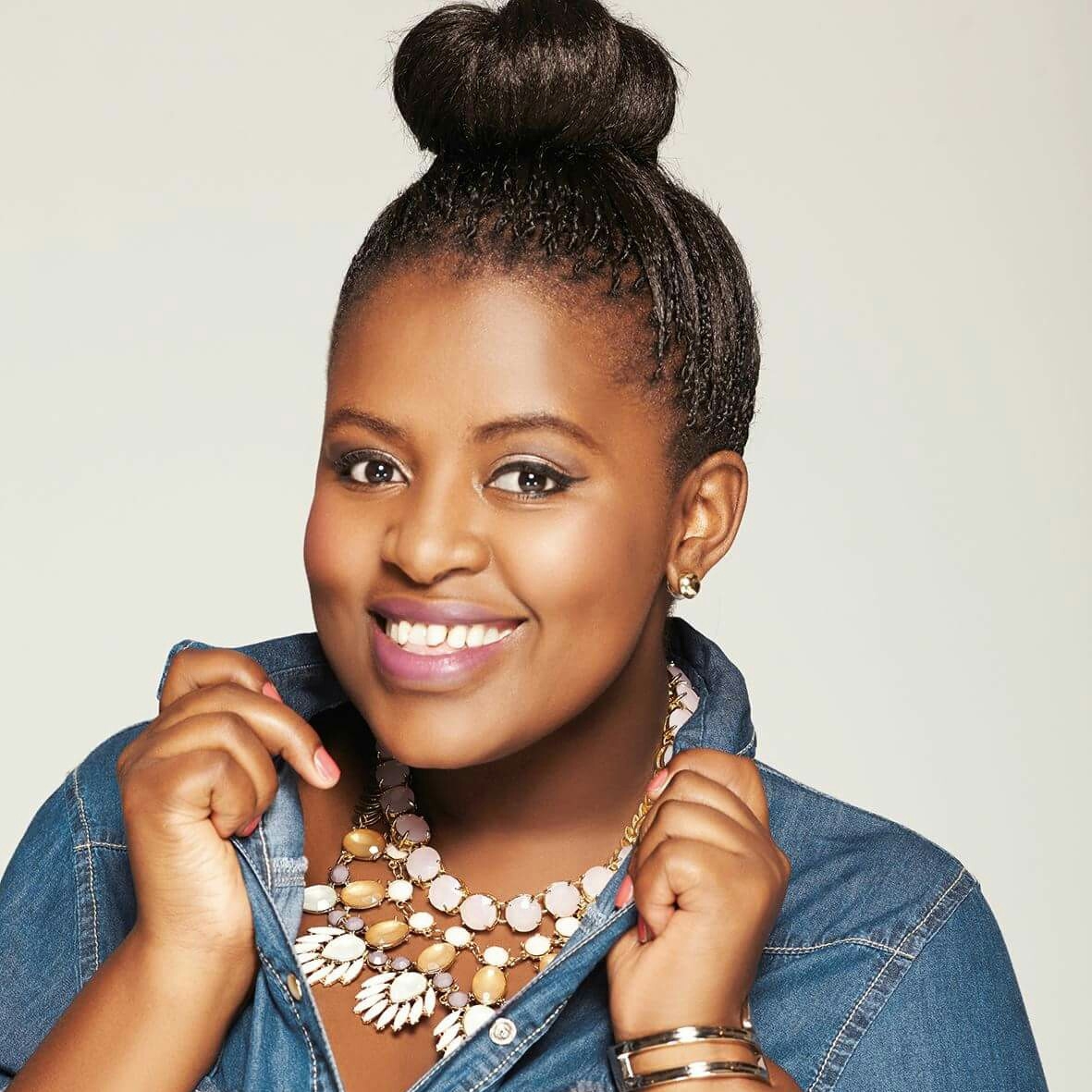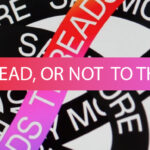By Miliswa Sitshwele, head of social media at Flow Communications
The rise of social media over the past decade has been a marvel to witness. (Remember the days when Mark Zuckerberg was your first and only Facebook friend and poking was a form of flirting?) Not so long ago, YouTube went from being a platform that people used only to search for music and videos to the second-largest search engine in the world.
Social media has redefined the way we communicate, brought about greater access to information and shone a light on trends that have shaped culture in a way that no other means of communication has in the past.
In this fast-changing landscape, it’s hard to keep up. Here are seven trends our team at Flow Communications recommends you keep an eye on:
1. Social media e-commerce is here to stay
If you are active in the social media space you’ll have heard about social media e-commerce. This is when a brand sells products and services directly on social media using native solutions like Facebook Marketplace, Facebook Shop, Instagram Shop, Pinterest Product Pins and TikTok Shop.
The beauty of this is that customers can shop and complete purchases without leaving their chosen social media apps.
As people move further towards an online life, we expect more brands to embrace social media e-commerce. This will help brands build more awareness, advertise, sell directly on social media, increase sales and offer real-time customer support. Here, courtesy of Hootsuite, are six ways to use social media e-commerce for your brands this year.
2. Authentic content is the new black
This year, social media users can expect a rise in authentic content, both from brands and influencers.
You may have seen media personality Bonang’s Nivea campaign last year, in which she claimed to be using Nivea serum – a product meant for bare faces – on a perfectly made-up face. There was a backlash from her followers and the public to the point where she needed to record a second video with a bare face to show that she was indeed using Nivea on a bare face, as opposed to on a made-up face. Her social media followers appreciated the authenticity of the second video.
The need for authenticity on social media has also spilled over to influencers, who are now encouraged and expected to explicitly state that a piece of content is indeed an ad and not a random organic post, where necessary.
3. TikTok Made Me Buy It
According to customer experience tool tidio.com, about 40% of Gen Z spends more than three hours per day on TikTok, while a 2021 survey in Forbes magazine found that TikTok videos are extremely effective for brands that want to market their products to Gen Z.
Further, the rise in popularity of this platform has spilled over to retailers such as beauty stores and bookstores, etc., with the emergence of the #TikTokMadeMeBuyIt hashtag as a sticker on books and products being used to show any purchases that users have made because of the platform. This is proof that TikTok is here to stay, both in the online and offline space.
If you or your brand are venturing into TikTok, take a look at 15 TikTok Statistics & Trends You Should Know in 2023, from Tidio.
4. Content creators to take centre stage in 2023
Another trend social media users can look forward to is seeing a lot more original and platform-specific content on each of the platforms.
There is a huge demand for niche content, which includes new ideas on how to shoot videos and transitions, and how to stand out from the sea of creators. This year, we expect to see an increase in brands and creators using their own voices on videos and putting their unique spin on them.
Take creator @lleakna, for instance, whose video transitions took TikTok by storm, creating a new way to film vlog-style content. This again proves that the right social media platforms can change behaviour and influence people.
5. AI goes mainstream
The future is officially here and more accessible than ever. Whether you embrace them, just acknowledge them or ignore them, AI bots are here, and they are here to stay. Take TikTok Effect House, for example. This popular platform now offers a range of AI-inspired effects to choose from, including the ability to create an entire background for your video by merely typing words instead of writing code from scratch.
Copy generators like ChatGPT and Jasper.ai are fast gaining popularity with brands and creators to assist with ideas and drafting outlines for written content. While AI cannot replace human originality, creativity and thought leadership, there is a lot that bots can do to help creatives work more effectively.
6. User-generated content still rules
User-generated content (UGC) is solid gold for any brand; it is a way of showing brand advocacy and building bonded communities. Brands with a bank of user-generated content can use it to sell products or raise awareness about their services without the pressure of creating that content themselves. However, not every brand has a bank of UGC to pick from – this is where social media followers get their time in the sun.
YouTube vloggers have made it their mission to feature products in their vlogs – sometimes free and sometimes paid – for example, Get Ready With Me and a Day in the Life Of segments, and how-to videos.
South African YouTube vlogger Zona Davani nails the concept of UGC: one of the popular videos on her page, titled “How to look expensive every day on budget”, has over 200 000 views and they are all organic – and this content is free publicity for Zara and H&M and can be repurposed on their platforms.
7. Keep things short and sweet with YouTube Shorts
Two years ago, YouTube – a platform known for its search functionality, music, and long-form content – introduced YouTube Shorts, an application that supports short-form video content of no more than 60 seconds. While there was initially hesitation in welcoming YouTube Shorts, some brands jumped at the opportunity and have won big.
According to The Small Business Blog, the most-viewed YouTube Short (bizarrely, a 30 seconds short video of making soap in the shape of a human foot), has gained over 400-million views and eight million likes, while 30 000 people posted comments under the video.
What makes YouTube Shorts attractive is the knock-on benefit: creators who post shorts can use them to attract more viewers to their long-form content and thus grow their subscribers.
- Provantage and T+W Launch Ant Lion –A Full Service Digital Content Agency - 11th April 2024
- Tomorrow’s Commerce 2024 Report - 1st April 2024
- MRF’s latest MAPS consumer behaviour data is available - 19th March 2024






